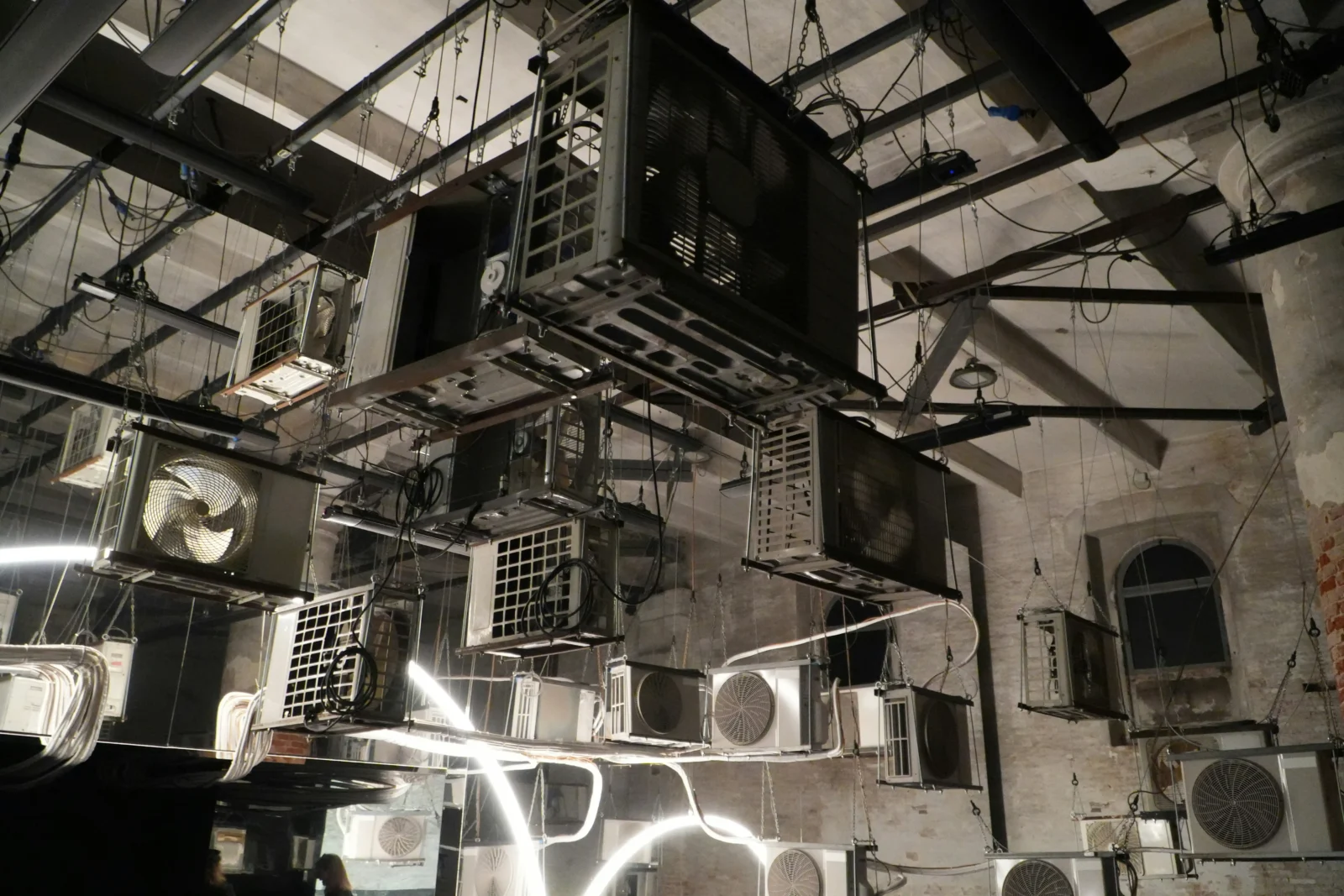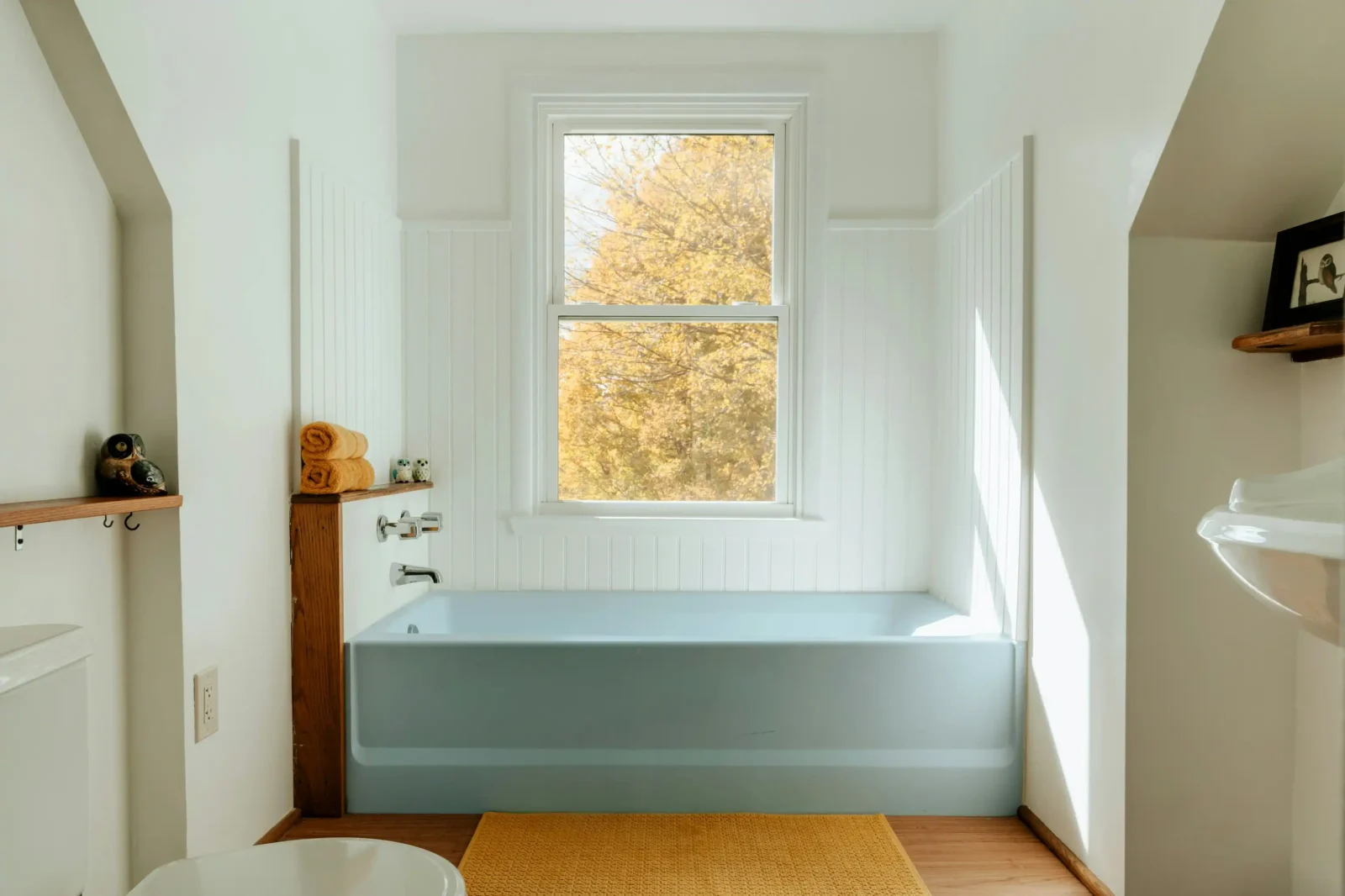- Home
- Articles
- Architectural Portfolio
- Architectral Presentation
- Inspirational Stories
- Architecture News
- Visualization
- BIM Industry
- Facade Design
- Parametric Design
- Career
- Landscape Architecture
- Construction
- Artificial Intelligence
- Sketching
- Design Softwares
- Diagrams
- Writing
- Architectural Tips
- Sustainability
- Courses
- Concept
- Technology
- History & Heritage
- Future of Architecture
- Guides & How-To
- Art & Culture
- Projects
- Interior Design
- Competitions
- Jobs
- Store
- Tools
- More
- Home
- Articles
- Architectural Portfolio
- Architectral Presentation
- Inspirational Stories
- Architecture News
- Visualization
- BIM Industry
- Facade Design
- Parametric Design
- Career
- Landscape Architecture
- Construction
- Artificial Intelligence
- Sketching
- Design Softwares
- Diagrams
- Writing
- Architectural Tips
- Sustainability
- Courses
- Concept
- Technology
- History & Heritage
- Future of Architecture
- Guides & How-To
- Art & Culture
- Projects
- Interior Design
- Competitions
- Jobs
- Store
- Tools
- More
Adaptive Reuse: Redefining Spaces Sustainably for a Greener Future
Discover how adaptive reuse is revolutionizing urban spaces sustainably by repurposing old structures, conserving resources, and preserving cultural heritage.

When it comes to sustainability, the way we use existing spaces is undergoing a remarkable transformation. Adaptive reuse is changing how we think about architecture and urban development by breathing new life into old structures. Instead of tearing down and starting fresh, we’re finding innovative ways to repurpose buildings, preserving history while reducing waste.
This approach isn’t just about aesthetics; it’s a practical solution to some of our biggest environmental challenges. By reimagining spaces, we’re cutting down on construction materials, saving energy, and reducing the carbon footprint of new developments. Adaptive reuse proves that sustainability and creativity go hand in hand, offering a smarter way to build for the future.

Table of Contents
ToggleUnderstanding Adaptive Reuse
Adaptive reuse focuses on repurposing existing buildings for new uses instead of opting for demolition and new construction. This approach aligns functional needs with sustainability goals, reducing environmental and economic impacts.
What Is Adaptive Reuse?
Adaptive reuse involves transforming outdated or underutilized structures into spaces that serve modern purposes. By retaining the core framework of buildings, such as historic warehouses turned apartments or old factories converted into offices, we minimize material waste and conserve resources. It balances preservation with innovation, merging the past and present in built environments.
Principles Of Sustainable Space Redefinition
Sustainable space redefinition relies on thoughtful design strategies and responsible material use. Key principles include:
- Resource Efficiency: Reusing existing materials, like bricks or timber, reduces demand for new resources.
- Energy Optimization: Enhancing insulation and updating mechanical systems lowers long-term energy consumption.
- Cultural Preservation: Retaining a structure’s heritage elements respects historical and social value.
- Minimized Waste: Preventing material disposal saves landfill space and cuts construction-related emissions.
These principles ensure the adaptive reuse process creates environmentally sound, functional, and culturally meaningful spaces.

Benefits Of Adaptive Reuse
Adaptive reuse offers significant advantages for sustainability and urban transformation. This approach balances environmental conservation with economic and social gains.
Environmental Advantages
Adaptive reuse reduces construction waste by repurposing existing structures instead of demolishing them. According to the Environmental Protection Agency (EPA), construction and demolition debris accounts for over 600 million tons annually in the US. Reusing materials and structural components conserves resources such as steel, wood, and concrete, cutting down the demand for raw materials.
This strategy minimizes the carbon emissions associated with extracting, manufacturing, and transporting new materials. Using existing buildings also often results in less energy-intensive projects, as the energy embedded within the original framework—referred to as embodied energy—is preserved, preventing energy waste. Additionally, by repurposing urban spaces, adaptive reuse contributes to reducing urban sprawl, conserving greenfield land, and protecting ecosystems.
Economic And Community Impact
Repurposing older structures stimulates local economies by lowering construction costs and creating job opportunities. According to a National Trust for Historic Preservation study, adaptive reuse projects frequently cost 16–18% less than new construction projects of equivalent scale. Redeveloping existing buildings also enables quicker project timelines, facilitating faster availability for use.
On a community level, adaptive reuse revitalizes neighborhoods by preserving architectural heritage and cultural identity. Repurposed spaces, such as transformed warehouses into art galleries or offices, attract businesses, tourism, and social activities. Retaining familiar landmarks strengthens community connections, fostering a sense of pride and continuity while simultaneously inviting modern functionality.

Notable Examples Of Adaptive Reuse Projects
Adaptive reuse redefines spaces by creatively transforming old structures into sustainable, functional areas. Several remarkable projects showcase its potential in urban and historical contexts.
Urban Spaces Transformed
Urban areas often benefit from adaptive reuse by revitalizing neglected sites for modern use. The High Line in New York City, previously an abandoned railway line, now serves as an elevated greenway park, offering recreational space while preserving the city’s industrial heritage. Another example is the Gasometers in Vienna, Austria, where decommissioned gas storage tanks have been converted into residential, commercial, and entertainment spaces, balancing functionality with iconic architectural preservation. These projects highlight efficient land use and foster community engagement in dense urban environments.
Historic Buildings Brought Back To Life
Preserving historical significance, adaptive reuse often breathes new life into iconic structures. The Tate Modern in London transformed the former Bankside Power Station into a world-renowned art gallery, maintaining its industrial aesthetic while serving a new cultural purpose. Similarly, the Zollverein Coal Mine Industrial Complex in Germany, once a coal mining site, has been repurposed into a museum and cultural center, celebrating its history while promoting sustainability. These projects underline how adaptive reuse conserves cultural heritage while addressing modern needs.

Challenges In Adaptive Reuse
Adaptive reuse, while promising sustainable and innovative benefits, presents several challenges that require strategic solutions. These obstacles can impact project feasibility, timelines, and overall success.
Balancing Modern Needs With Historic Preservation
Prioritizing functionality in adaptive reuse often conflicts with preserving historical integrity. Modern systems, such as HVAC, plumbing, and electrical, must integrate into structures designed centuries ago, without compromising architectural authenticity. For example, retrofitting a historic cathedral into a community center demands adjustments to accommodate modern accessibility standards while protecting artistic features like stained glass or ornate facades.
Compliance with preservation laws can further complicate this balance. Local regulations might restrict alterations to historically significant elements, limiting the extent of upgrades or expansions. This challenge emphasizes the need for innovative design strategies that harmonize contemporary usability with cultural heritage.
Addressing Costs And Regulations
Adaptive reuse projects frequently encounter high initial costs due to unforeseen structural issues. Older buildings might reveal hidden problems, such as asbestos, weakened foundations, or outdated materials, requiring costly repairs before renovations can commence.
Navigating zoning laws and building codes specific to adaptive reuse also stretches budgets and extends project timelines. Regulations tailored for new construction may not align with existing structures, necessitating negotiations or exceptions. For instance, transitioning an industrial warehouse into residential units can involve strict safety standards and density requirements that clash with the original design. As such, detailed planning and contingency funds are crucial to overcome financial and regulatory hurdles effectively.

The Future Of Adaptive Reuse
Adaptive reuse is evolving into a cornerstone of sustainable urban development, reshaping how we approach existing spaces. Innovative strategies and emerging technologies are driving this evolution toward more efficient, eco-conscious solutions.
Emerging Trends In Sustainability
Sustainability in adaptive reuse emphasizes holistic approaches to resource management. Circular economy principles are creating opportunities to repurpose materials from deconstructed spaces into new projects. For example, reclaimed timber, bricks, and steel are increasingly incorporated into modern designs, reducing demand for virgin materials.
Carbon-neutral goals are also influencing adaptive reuse, with projects prioritizing energy-efficient retrofitting. Passive design strategies, such as enhancing natural ventilation and daylighting, minimize reliance on artificial energy sources. Green certification systems like LEED and BREEAM are being integrated to standardize sustainable practices, encouraging developers to meet higher environmental benchmarks.
Community-driven development is gaining momentum as adaptive reuse aligns with the needs of local populations. Public spaces, such as libraries and community centers, are being created in underutilized buildings to support social cohesion while maintaining minimal environmental impact.
Technological Innovations Driving Change
Advanced technologies are revolutionizing adaptive reuse, enabling more precise and efficient transformations. Building Information Modeling (BIM) allows us to digitally map and analyze existing structures, identifying potential risks and optimizing material use before construction begins.
3D printing is becoming a game-changer, enabling custom components to seamlessly integrate modern functionality into older frameworks. For example, bespoke fittings for historical restorations are now produced with greater accuracy and speed, reducing labor and material waste.
Smart systems enhance functionality and sustainability in adaptive reuse projects. IoT devices monitor energy usage, water efficiency, and structural health in real-time, helping adaptively reused spaces maintain performance while lowering operational costs. Additionally, renewable energy technologies, such as solar panels and heat pumps, are increasingly incorporated into designs to support long-term energy independence.
Together, these innovations and trends are defining the path for adaptive reuse, ensuring its relevance and scalability in addressing future urban and environmental challenges.
Conclusion
Adaptive reuse redefines how we approach sustainable development by offering innovative solutions for transforming underutilized spaces. By integrating resource efficiency, energy optimization, and cultural preservation with modern functionality, this approach directly addresses environmental challenges while fostering community resilience and economic growth. Through detailed planning, leveraging emerging technologies, and prioritizing sustainability, adaptive reuse remains a powerful tool for creating meaningful, responsible spaces in an evolving urban landscape.
- adaptive reuse
- Biophilic Design
- carbon-neutral buildings
- circular economy in construction
- eco-conscious renovation
- Eco-Friendly Construction
- Energy Efficient Design
- environmental impact
- environmental sustainability
- Green Architecture
- green building design
- historic preservation
- innovative reuse
- LEED certification
- modern green design
- redefine spaces
- repurposing buildings
- resilient design
- retrofitting projects
- smart cities
- space transformation
- sustainable architecture
- sustainable retrofitting
- sustainable urban development
- upcycled materials
- urban regeneration
- zero-waste construction
Submit your architectural projects
Follow these steps for submission your project. Submission FormLatest Posts
How to Choose the Right HVAC Installation Service
A quiet mechanical system starts with sound choices before any equipment arrives....
10 German Kitchen Ideas to Inspire a Sleek and Functional Modern Home
German kitchens are renowned worldwide for their innovative designs, exceptional quality, and...
Gift Ideas for Architects and Designers: Useful, Beautiful Picks They’ll Actually Love
Gift ideas for architects and designers: curated, use-in-studio picks by budget and...
How to Use the Golden Ratio for a Balanced Kitchen Remodel
Have you ever seen a kitchen and it just looked right to...











Leave a comment